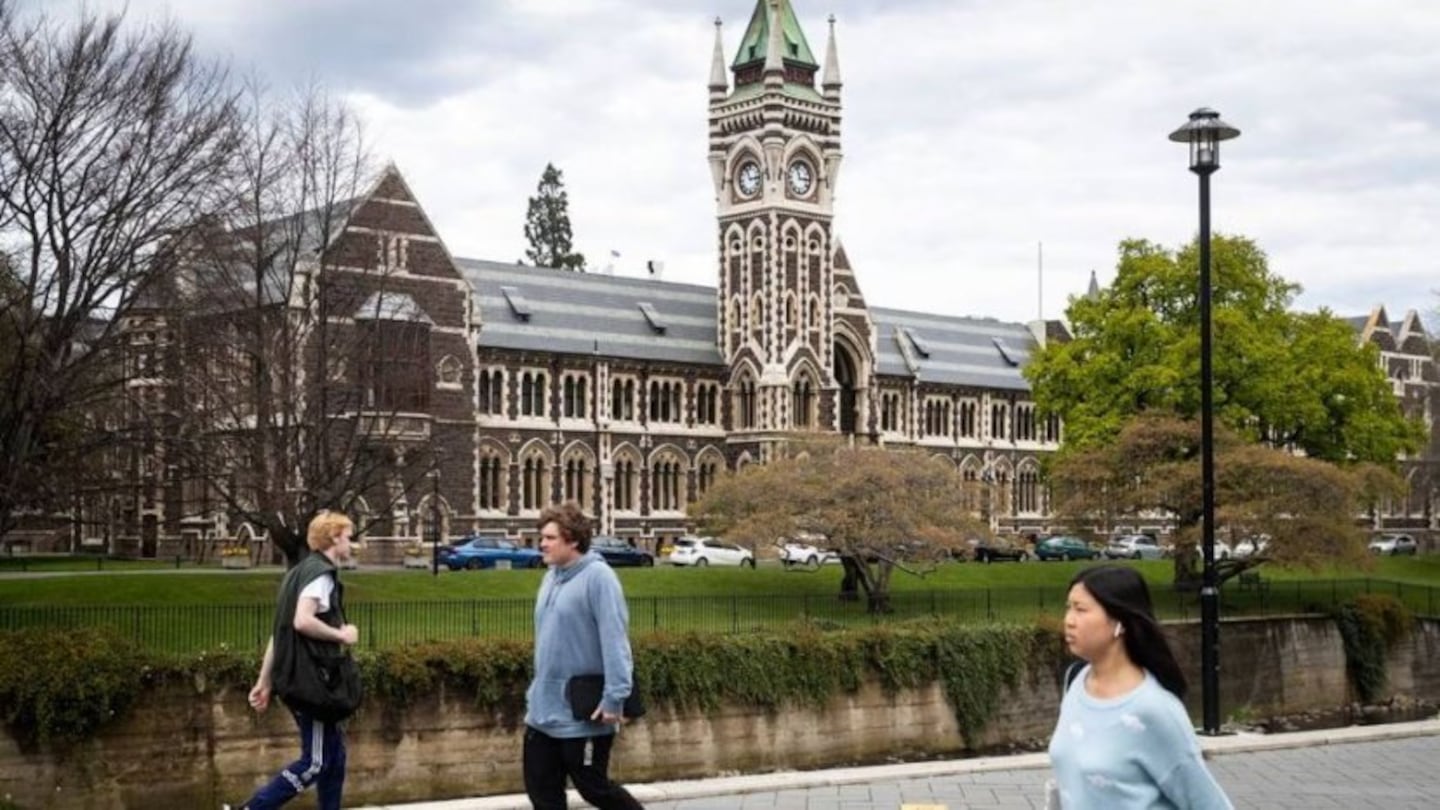Enrolments in te reo Māori and Pasifika language courses are surging. Photo / Jason Oxenham
By Titus Lambert-Lane, Otago Daily Times
The statistics are clear - New Zealanders have not lost their love of learning languages.
Enrolments in te reo Māori and Pasifika language courses are surging, having more than doubled at the tertiary level in the past 10 years.
At the same time, traditional languages such as French and German have lost their lustre and enrolments are on a downward spiral.
People within the sector say several factors are at play.
These include the utility of learning local languages, the lack of a foreign language requirement for secondary students and the perception that English speakers can get by without learning other languages.
These trends are being felt acutely at the University of Otago where proposed cuts to the languages and cultures department would reduce the number of papers taught from 78 to 33, saving the university $1.2 million.
Humanities pro-vice chancellor Jessica Palmer cited declining demand as the reason behind the proposal, as student enrolments in languages and cultures papers at the university had decreased by 78.7 per cent from 2013 to 2022.
However, the statistics do not show fewer people are learning languages, but rather the languages they are learning have changed.
Ministry of Education data covering the decade 2012 to 2021 showed foreign language enrolments decreased by 33.3 per cent at tertiary institutions and 13.3 per cent at secondary.
During the same period, te reo Māori and Pasifika language enrolments increased 104 per cent at tertiary and 42.8 per cent at secondary.
Otago Polytechnic deputy chief executive partnership and equity Megan Pōtiki said te reo Māori and Pasifika languages were on the rise because of the utility they have in New Zealand.
“There is a broader acceptance that te reo Māori and Pasifika languages have something to offer... there are valid career options if you speak te reo Māori.
“I know my own children wouldn’t even consider taking anything other than te reo Māori at high school,” she said.
Unlike traditional languages, te reo Māori and Pasifika languages have more “validity and currency in the current climate of our country”, a factor that explains the decline in enrolments.
University of Otago German graduate Lydia White also points out that traditional language courses are not “anchored” into the New Zealand curriculum, meaning secondary schools do not have to teach them.
“Scholars have told me that the lack of said policy is not for want of trying on their part.
“The government doesn’t seem very interested in anchoring foreign languages within any kind of educational framework,” she said.
Head of department Associate Professor Antonie Alm said the lack of a secondary framework deterred pupils from learning traditional languages when they reached tertiary level.
“We live in a society, in New Zealand, that doesn’t value language education.
“It’s not supported properly at the secondary level. This affects the tertiary level,” she said.
Prof Alm said there was an “absolute ignorance” in people thinking they could get away with English wherever they went, explaining the overall decline in enrolments over the past decade.
“Having a language qualification in your degree is a clear advantage.
“We need to maintain what we know is good... there were always be a need for people working on their languages.”
Enrolment trend 2012-21
Foreign languages at tertiary institutions: down 33.3%
Foreign languages at secondary schools down 13.3%
Te reo Māori and Pacific at tertiary: up 104%
Te reo Māori and Pacific at secondary: up 42.8%

